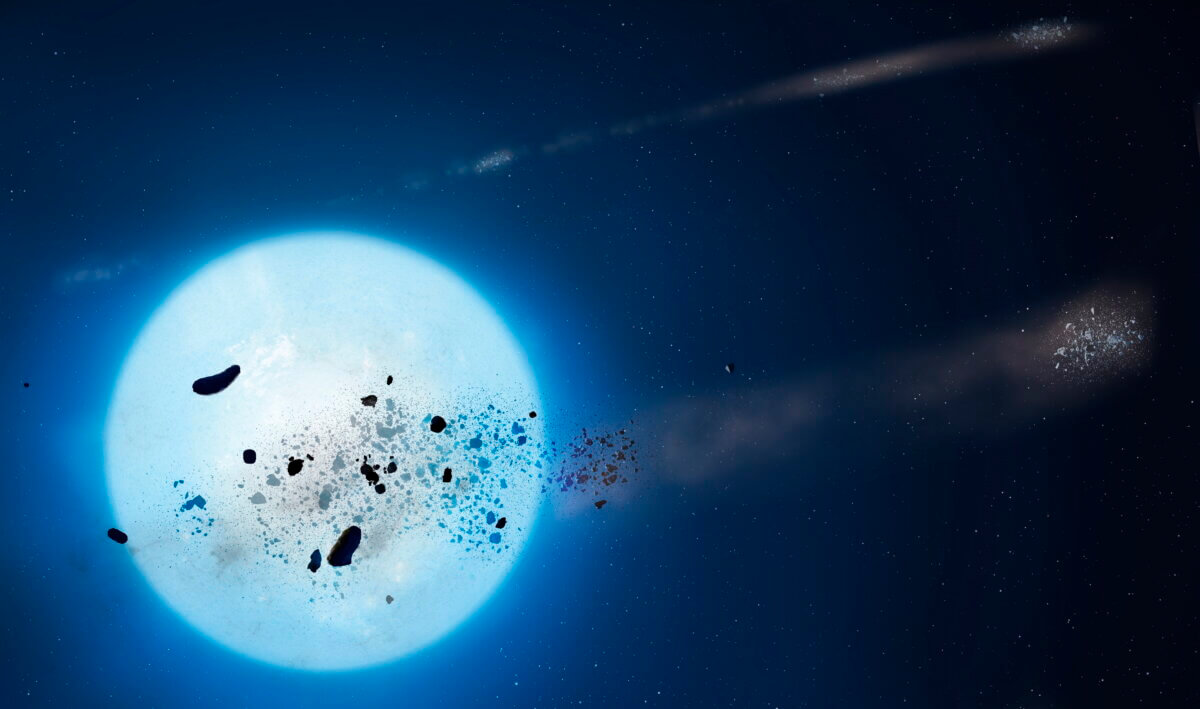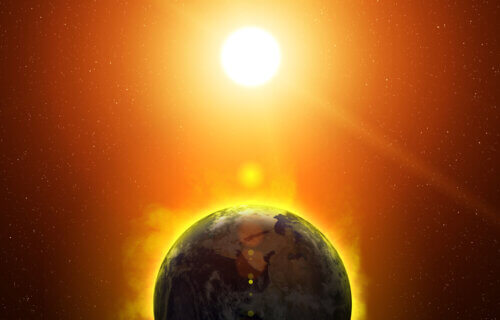Scientists at the University of Warwick are painting an ominous picture of what the end of the planet might actually look like. According to their research, our solar system’s future could be a catastrophic plunge into the grasp of a white dwarf star, leading to its ultimate disintegration. This grim prognosis emerges from a detailed study into the fate of planetary systems ensnared by the intense gravitational pull of white dwarfs, the dense remnants of stars that have burned through their nuclear reserves.
White dwarfs are the remnants of stars that have exhausted their fuel, offering valuable insights into various aspects of stellar evolution. The researchers investigated the fate of these planetary bodies by analyzing transits, which are dips in the brightness of stars caused by objects passing in front of them. Their paper is published in the journal Monthly Notices of the Royal Astronomical Society (MNRAS).
Unlike the predictable transits caused by orbiting planets, the transits caused by debris around white dwarfs are oddly shaped, chaotic, and disorderly, suggesting that these bodies undergo an extremely destructive process. “Previous research had shown that when asteroids, moons and planets get close to white dwarfs, the huge gravity of these stars rips these small planetary bodies into smaller and smaller pieces,” Dr Amornrat Aungwerojwit of Naresuan University, who led the study, explained in a media release.
As these fragments collide with each other, they eventually grind into dust, which falls into the white dwarf. This process allows researchers to determine the composition of the original planetary bodies. To gain further insight into how these bodies are disrupted, the scientists analyzed changes in the brightness of three white dwarfs over 17 years, each exhibiting distinct behaviors.

“The simple fact that we can detect the debris of asteroids, maybe moons or even planets whizzing around a white dwarf every couple of hours is quite mind-blowing, but our study shows that the behavior of these systems can evolve rapidly, in a matter of a few years,” said Boris Gaensicke, a professor from Warwick’s Department of Physics.
One white dwarf, ZTF J0328−1219, appeared stable in recent years but showed evidence of a major catastrophic event around 2010. Another star, ZTF J0923+4236, dimmed irregularly every few months and exhibited chaotic variability on timescales of minutes during fainter states before brightening again. The third white dwarf, WD 1145+017, initially behaved close to theoretical predictions but surprisingly showed no transits in the latest study.
“The system is, overall, very gently getting brighter, as the dust produced by catastrophic collisions around 2015 disperses,” added Gaensicke. “The unpredictable nature of these transits can drive astronomers crazy – one minute they are there, the next they are gone. And this points to the chaotic environment they are in.”
While the immediate future of our solar system under the Sun’s influence seems secure, the eventual transformation of the Sun into a red giant and subsequently a white dwarf presents a foreboding scenario. The Earth and other celestial bodies within our solar system could face a violent demise, torn apart by the gravitational forces of a future white dwarf Sun.
“The sad news is that the Earth will probably just be swallowed up by an expanding Sun, before it becomes a white dwarf,” said Gaensicke. “For the rest of the solar system, some of the asteroids located between Mars and Jupiter, and maybe some of the moons of Jupiter may get dislodged and travel close enough to the eventual white dwarf to undergo the shredding process we have investigated.”

Global warming is too blame….right?
Very interesting but do are there any major problems we should know about?
Funnnny!